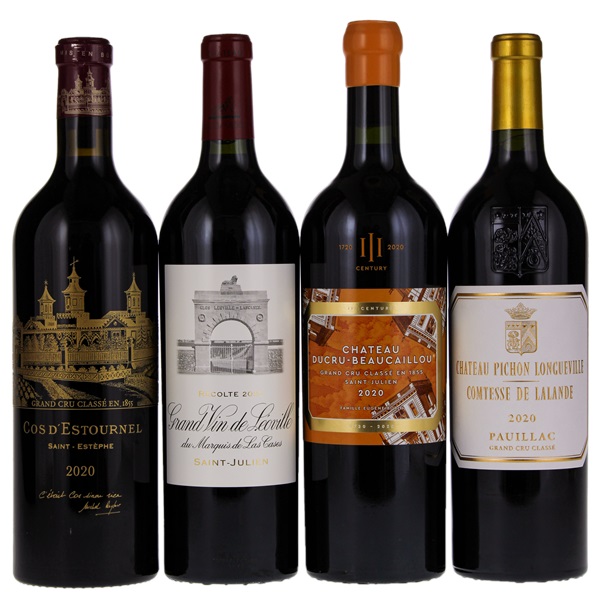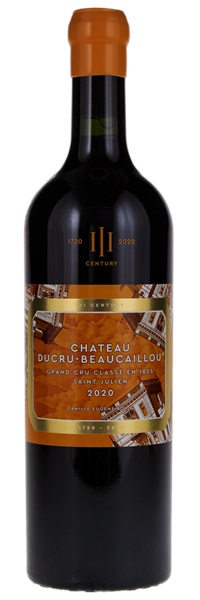Removed from a subterranean, temperature and humidity controlled residential cellar; Purchased direct from a distributor

Image above is an example. To view the image of the lot, click the item number.
Estimate

...aromas of cassis, dark berries and plum liqueur mingled with exotic spices, burning embers and petals, framed by a generous application of creamy new oak. Full-bodied, broad and low acid/high pH in style, it's rich and extracted, with a layered, mid-palate and a long, clove-inflected finish.
A broad, rich, enticing wine, built on a core of exotic mulberry and loganberry notes laced with black tea, spices and incense. Rounded through the finish, with the fruit cruising through under a suave gloss of toast. A real crowd-pleaser, with a luxurious feel that makes this hard to lay off of now.

...aromas of cassis, dark berries and plum liqueur mingled with exotic spices, burning embers and petals, framed by a generous application of creamy new oak. Full-bodied, broad and low acid/high pH in style, it's rich and extracted, with a layered, mid-palate and a long, clove-inflected finish.
A broad, rich, enticing wine, built on a core of exotic mulberry and loganberry notes laced with black tea, spices and incense. Rounded through the finish, with the fruit cruising through under a suave gloss of toast. A real crowd-pleaser, with a luxurious feel that makes this hard to lay off of now.

...aromas of cassis, dark berries and plum liqueur mingled with exotic spices, burning embers and petals, framed by a generous application of creamy new oak. Full-bodied, broad and low acid/high pH in style, it's rich and extracted, with a layered, mid-palate and a long, clove-inflected finish.
A broad, rich, enticing wine, built on a core of exotic mulberry and loganberry notes laced with black tea, spices and incense. Rounded through the finish, with the fruit cruising through under a suave gloss of toast. A real crowd-pleaser, with a luxurious feel that makes this hard to lay off of now.

...aromas of cassis, dark berries and plum liqueur mingled with exotic spices, burning embers and petals, framed by a generous application of creamy new oak. Full-bodied, broad and low acid/high pH in style, it's rich and extracted, with a layered, mid-palate and a long, clove-inflected finish.
A broad, rich, enticing wine, built on a core of exotic mulberry and loganberry notes laced with black tea, spices and incense. Rounded through the finish, with the fruit cruising through under a suave gloss of toast. A real crowd-pleaser, with a luxurious feel that makes this hard to lay off of now.